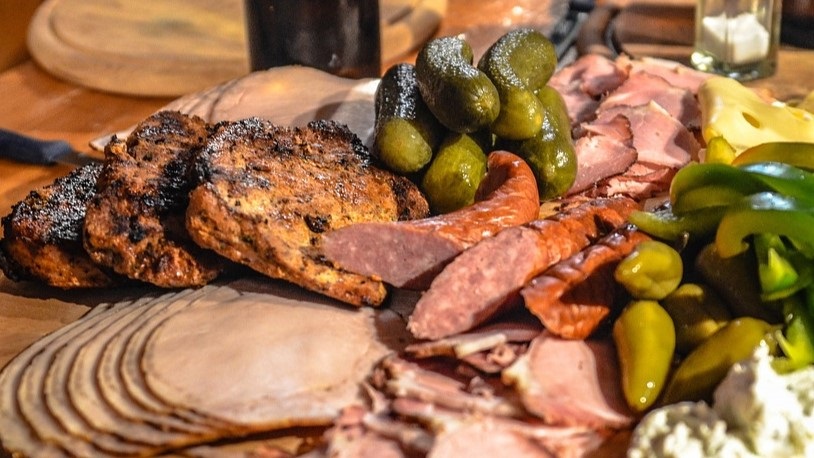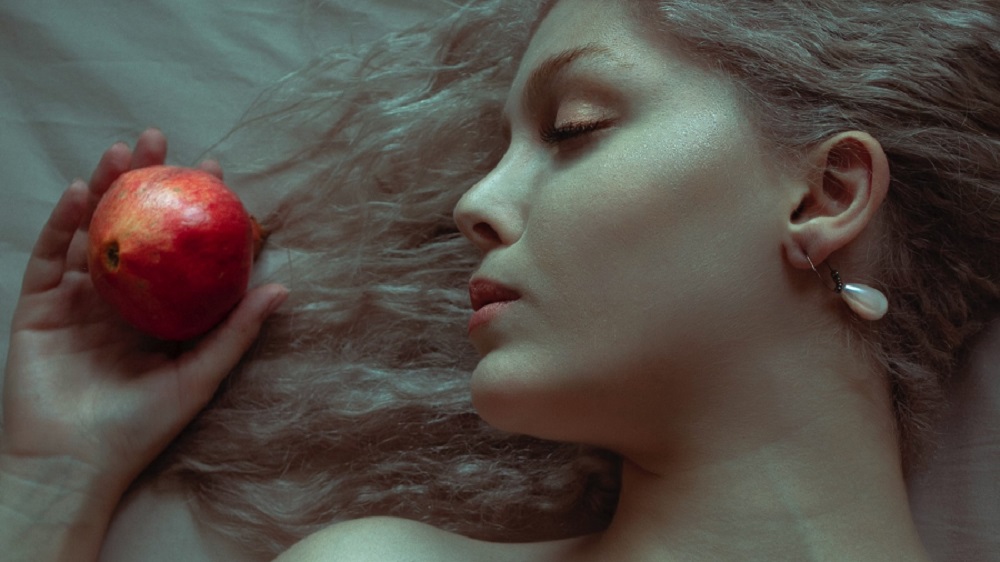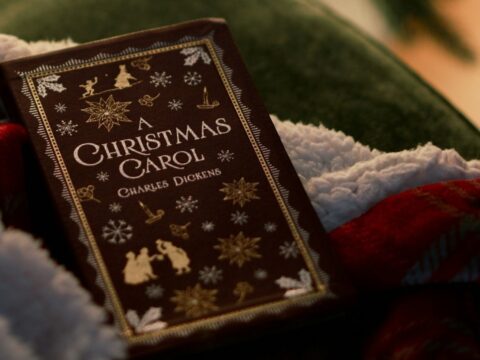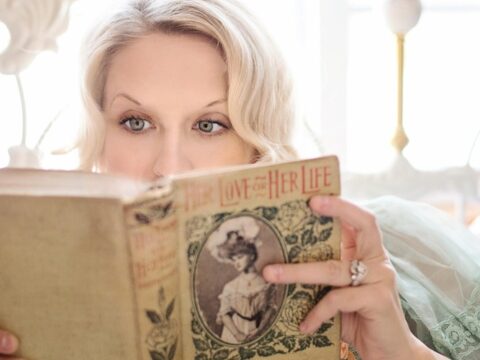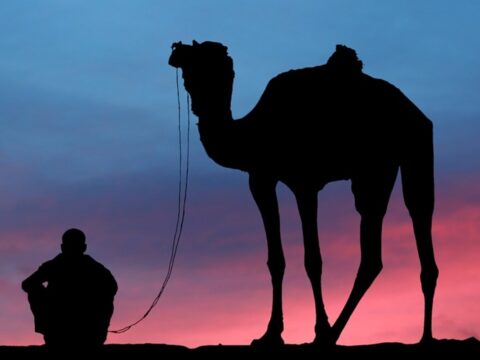It should surprise no one that people have been reading, collecting, and analyzing fairy tales for as long as storytelling has existed. They’re about as old as civilization itself. There are plenty of interesting theories about the fairy tale genre, and I’ve stumbled across many of them in my time of researching and studying them in an academic setting. But there’s one theory that’s fascinated me since I first stumbled across it years ago. At their core, all fairy tales have one universal theme: they’re always about hunger.
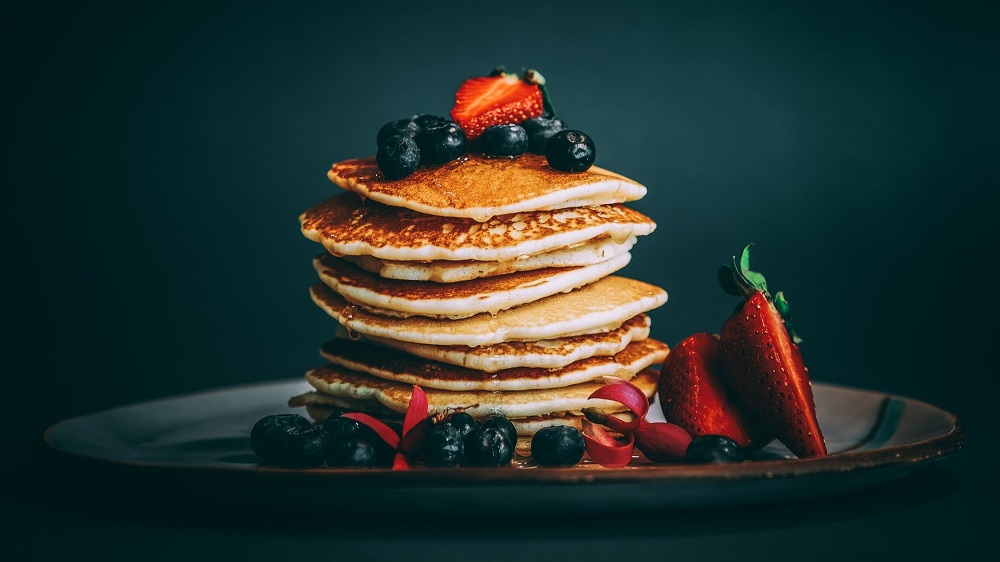
Hunger in Fairy Tales: Why Is Everyone So Peckish?
Hunger, starvation, and famine are true fairy tale staples. And for good reason. Fairy tales carry cultural significance for their countries of origin, and historic populations worried about where their next meal was coming from. I wrote about this phenomenon in my deep dive into Hansel and Gretel, which surfaced right around the same time as the Great Famine of Europe in 1315. This historical tragedy led to widespread suffering and starvation. In turn, all that hunger inspired German stories about cannibal witches, desperate families, and parents abandoning their children in the woods.
But Hansel and Gretel is just one example of fairy tales about hunger.
What about Rapunzel’s mother who has a pregnancy craving so intense that she claims she will die unless her husband steals their neighbor’s greens? Or the ravenous wolf in Little Red Riding Hood? Even the titular Little Red goes into the woods in the first place to bring her grandmother a basket of bread and sweets to eat. An errand that leads to the antagonist swallowing both the little girl and Grandma whole.

But not all fairy tales are about literal hunger. Sometimes this trope is symbolic.
Villains that Will Eat You Up
The witch of Hansel and Gretel and the wolf are literal devourers, but what about other villains who are consumed with various forms of hatred? Characters like Cinderella’s evil stepmother and the wicked queen of Snow White are both famous for their all-encompassing jealousy. They hate the heroines for their beauty and goodness, and these villainesses will stop at nothing to take out their competition through lifelong drudgery or murder. (In the wicked queen’s case, she literally eats what she believes to be Snow White’s heart, which doubly proves my point I suppose.) The witch of Rapunzel also falls into this category. She desires a child so deeply that she imprisons her daughter in a tower then humiliates her for daring to have a lover. The jealousy is strong with this one.
I’m just saying: there’s a reason why female villains have become known as “the devouring mother.” Let that phrase sink in a moment.
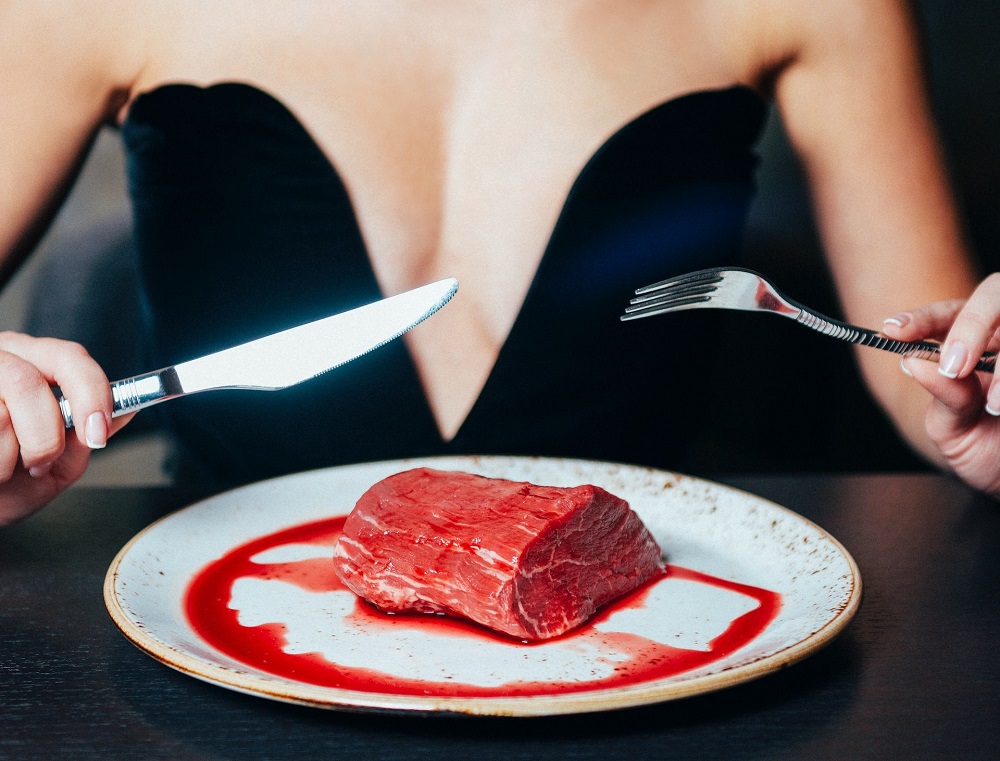
The hunger analogies don’t stop there. There are a shocking amount of cannibalistic stories in which Giants eat people, stepmothers cook up hated offspring and feed them to their fathers, and magical monsters consume everything in their path. But let’s expand the concept of hunger even further . . .
Love, Lust, and Desire
I haven’t made it a secret on this blog that most fairy tales have strong sexual undertones—or overtones as the case may be. Fairy tales may not be the romantic love stories that the Disney movies claim. But they’re filled with passion, heat, and sexual tension that will make your hair curl. Little Red Riding Hood is one of many fairy tales about hunger that’s a not-so-subtle morality tale of the importance of keeping lust in check.
Not all fairy tale flirtation is violent or distasteful though. What about the attraction that leads Prince Charming to visit every woman in the kingdom to find his beloved Cinderella? Or the prince who looks on sleeping Snow White with such admiration that he begs the dwarfs to let him take her to his kingdom? Or the humble soldier who follows the twelve dancing princesses to their midnight ball in hopes of marrying the princess of his choice?
Sexual desire is the ultimate form of hunger for the young and adventurous. This is how fairy tales got their reputation for marriage and love in the first place.
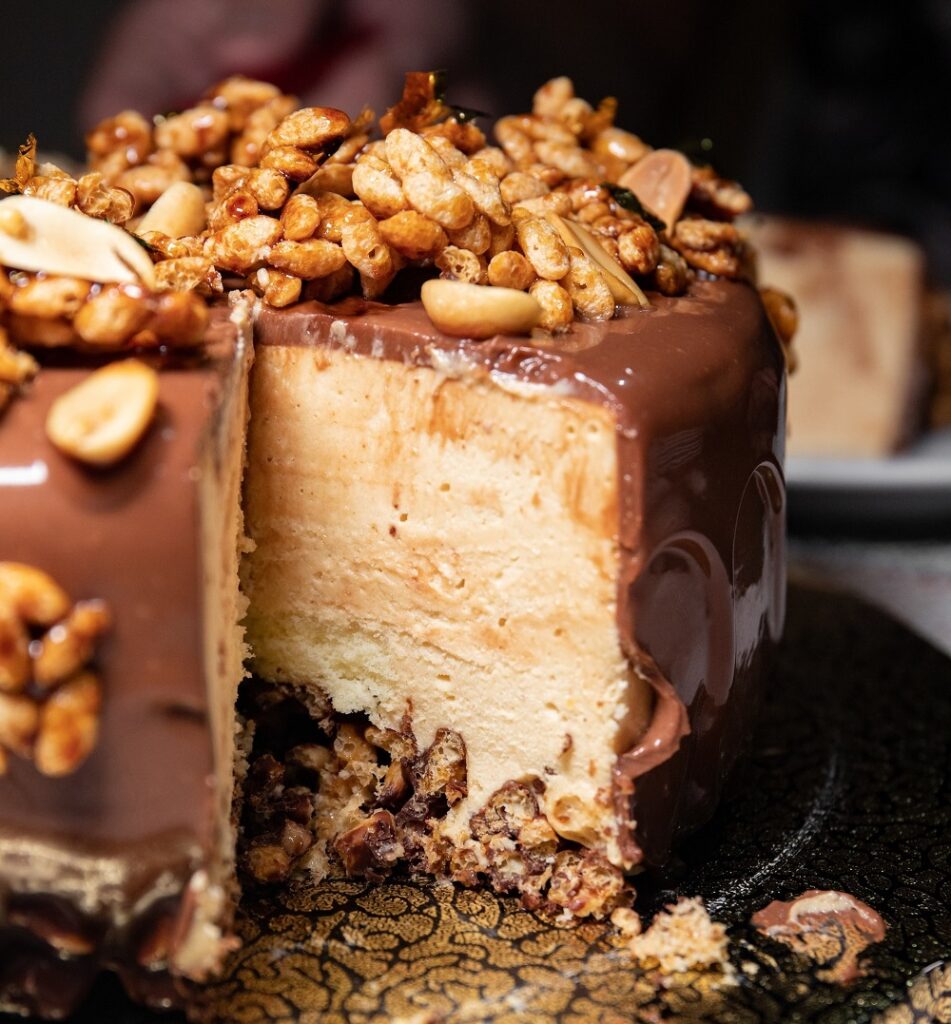
But Always Beware of Gluttony . . .
What about the forms of hunger that go too far? The villains with evil desires get what’s coming to them, but there are plenty of stories where protagonists learn the lesson of gluttony the hard way. And many of these stories involve food.
Perhaps the oldest example of this is the Greek myths. Persephone is tricked into remaining in the underworld because she eats a pomegranate seed before leaving Hades’ domain. Pandora unwittingly unleashes horrors on the world because she cannot contain her intense curiosity to open a forbidden box (a compelling interpretation of “hunger” if I’ve ever heard one). Yet another victim of her own curiosity is Psyche, who breaks a taboo by lighting a lamp to look upon her nighttime lover. The Cupid and Psyche story is perhaps the oldest predecessor of familiar tales like Cinderella and Beauty and the Beast.
But wait! There’s more. In fact there’s an entire genre of fairy tales that feature childless couples yearning to be parents and finally being granted a child through magic or pure luck. And sometimes that magic comes through eating something special. But conception magic must be performed in the right way. In many a story, the mother-to-be eats the wrong thing or too much of the right thing because she just can’t help herself. The Norwegian fairy tale Tatterhood is a perfect example of this. In it, a queen who desires children eats a magic flower to conceive; in her gluttony, she eats a second flower. This results in her giving birth to twins: one beautiful and one frightfully ugly. Of course without this mistake, the rest of the story wouldn’t be nearly as interesting.
Anyway, you get the idea. Fairy tales are about hunger because they are always, always about something the main protagonist lacks. And it’s in scratching that itch that all stories are born.
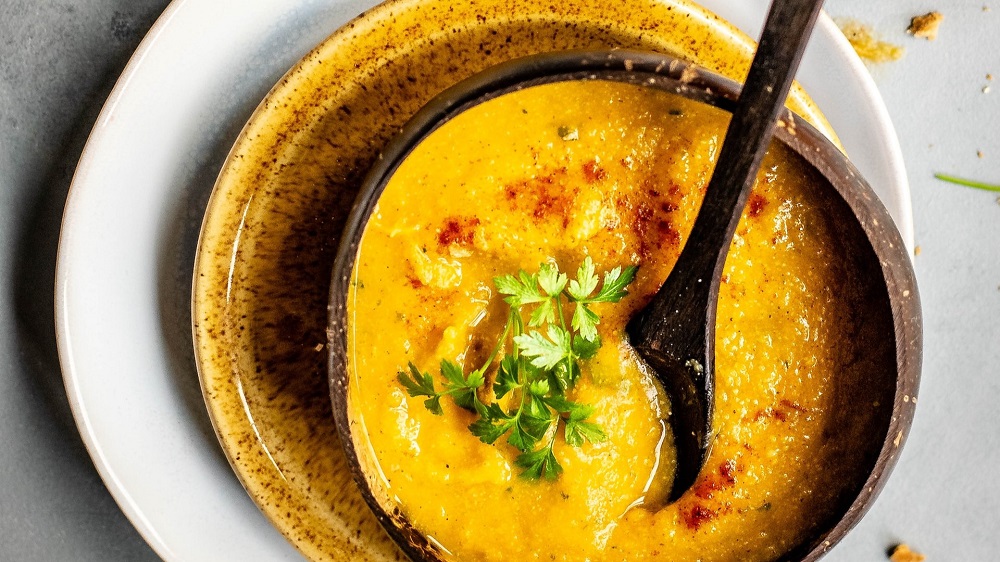
All Forms of Hunger Are About Longing
When I say that all fairy tales are about hunger, I mean that these stories communicate something universal: the core desires of the human heart. Basic drives like food, sex, companionship, and the pursuit of power are all representative of hunger if you stop to think about it. Protagonists are dead set on fulfilling their hearts’ desires. Conceiving a child. Winning a beautiful maiden’s hand in marriage. Rescuing a village. Defeating monsters. Raising their station. Or even just going to a ball to be free of drudgery and dreariness for a night or two.
We’re all looking for something in life. And I can’t think of anything more universal than seeking to satisfy our appetites, whatever form they come in. Wanting to fill an empty belly is the most basic human need there is. That’s the real reason fairy tales rely on food as symbolism. These tales can be incredibly tasty.
So let’s count ourselves lucky. A hearty meal or a good story are both much easier to come by than they used to be. ❧
